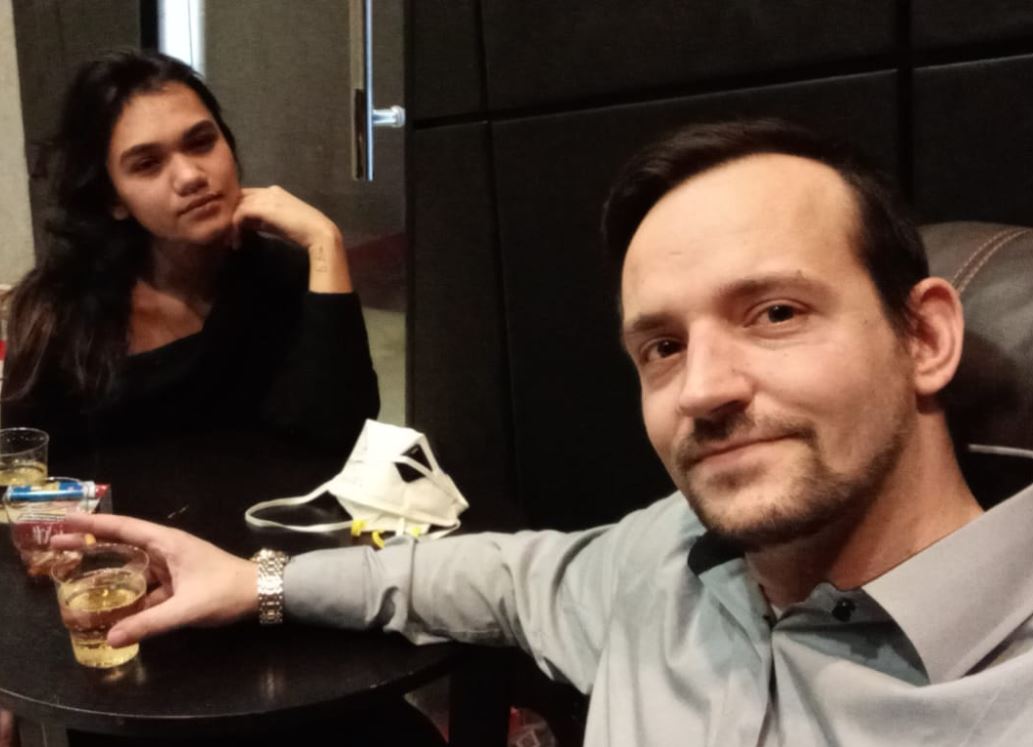Stellantis stops hydrogen projects: a dream burst for Europe!
Stellantis sets the development of hydrogen fuel cell technology, reacts to market development and CO₂ requirements.

Stellantis stops hydrogen projects: a dream burst for Europe!
Stellantis announced today that the company has finally stopped its development program for hydrogen fuel cell technology. This decision follows the inadequate market perspective for hydrogen -powered light commercial vehicles. The market launch of the hydrogen-powered per one transporter was planned this year, but these plans have now been rejected. The production lines in Hordain (France) and Gliwice (Poland) are not started as intended. Already ongoing series productions have also been stopped. This reports Öconews
Stellantis leads several reasons for this directional decision. This includes the inadequate infrastructure at hydrogen filling stations, the high capital requirements and the lack of financial incentives for end customers. Jean-Philippe Imparato, COO for the extended Europe, describes the hydrogen market as a niche segment that remains without medium-term economic sustainability. Therefore, research and development in this area is redistributed to more promising projects.
market development and outlook
The importance of the decision is underlined by the growing CO₂ requirements of the European Union and the increasing competitive pressure in the area of alternative drives. In the future, Stellantis could focus more on battery electrical and hybrid solutions. Due to the decision, the planned hydrogen vehicle Pro One will not be launched this year. Market observers expect that hydrogen-powered light commercial vehicles will not arrive before the end of the decade, reports IT-Times .
Despite the cancellations, the decision has no negative effects on the staff at the affected production facilities. Stellantis remains involved in the Joint Venture Symbio, and discussions with the shareholders regarding market development are already underway.
challenges in the hydrogen market
hydrogen vehicles use hydrogen as fuel and are considered an emission -free alternative to conventional internal combustion engines. Nevertheless, the hydrogen filling network in Germany is only expanded to a limited extent, with around 100 available petrol stations. It is also alarming that operators H2 Mobility plans to concentrate on the supply of vans, trucks and buses, while 20 petrol stations are taken out before the market development is more stable. According to adac , hydrogen vehicles are considered zero emission vehicles (zev), but the emission balance depends on the type of hydrogen production.
Currently hydrogen is mainly made from fossil fuels, with only 2% of the need being generated regeneratively. The cost of around 18.25 euros per kilogram of hydrogen is also a hurdle for the economic use of hydrogen vehicles. These developments underline the challenges that hydrogen technology is currently facing and the Stellantis has taken into account in its decision.

 Suche
Suche
